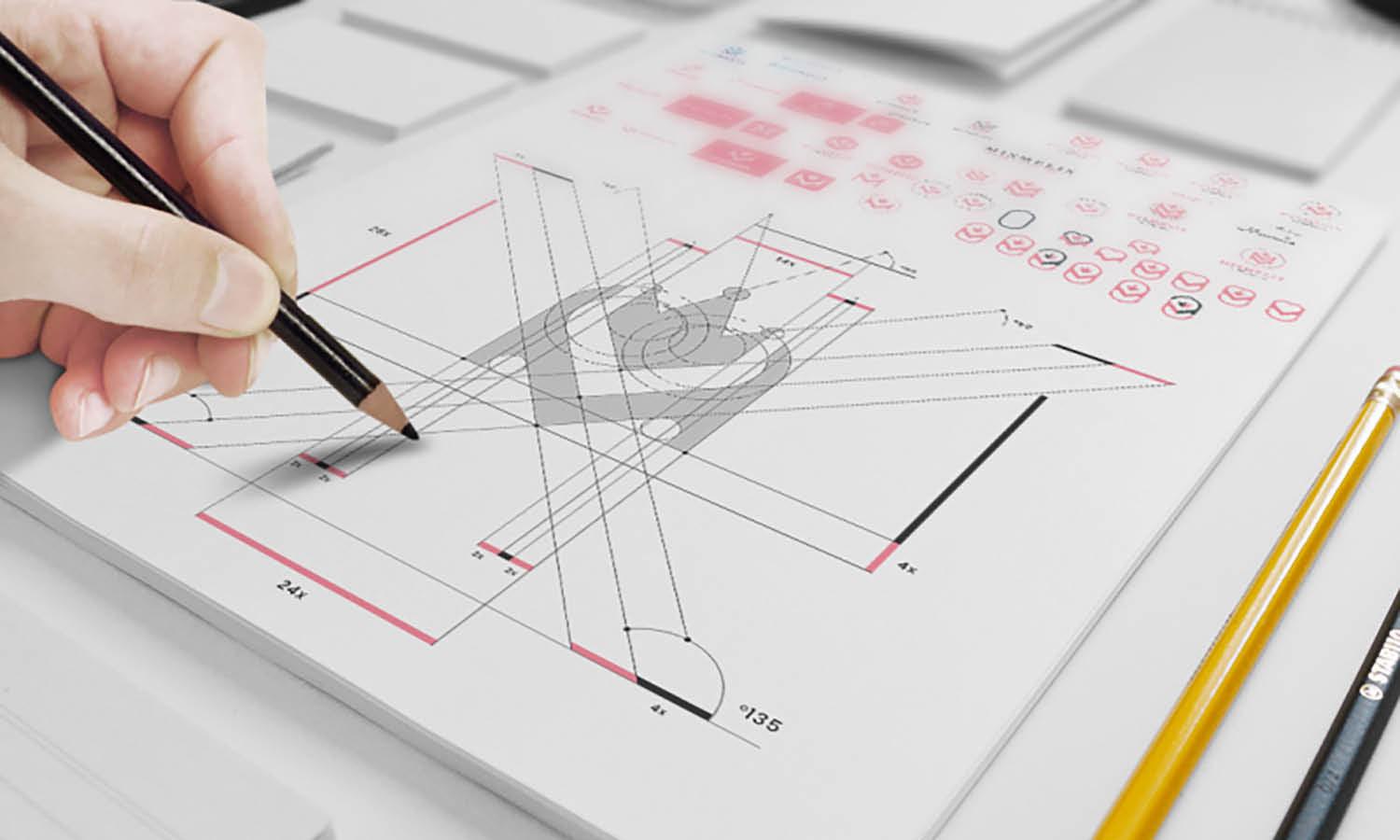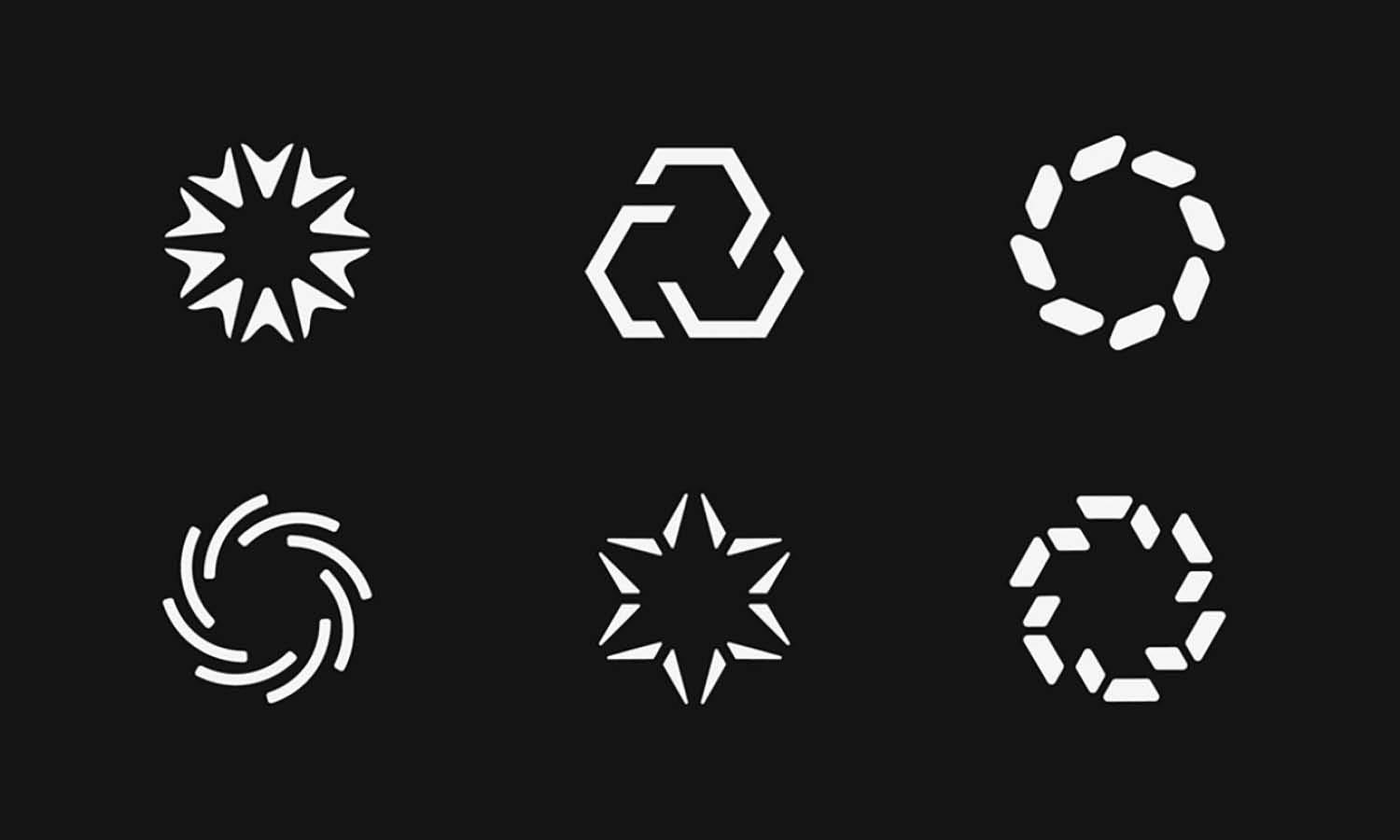Top Trends in 3D Architectural Rendering for 2025

The world of 3D architectural rendering is rapidly evolving, with new trends reshaping the way architects, designers, and developers bring their ideas to life. As we move into 2025, several key innovations are set to redefine visualization in architecture. Here are the top trends that will shape the industry in the coming year.
1. Real-Time Rendering for Faster Results
Real-time rendering technology is becoming increasingly popular as architects and designers demand faster feedback during the design process. Tools like Unreal Engine and Twinmotion now allow creators to produce photorealistic visuals in real time, streamlining client presentations and design iterations.
Benefits of real-time rendering include:
-
Instant design changes with immediate visual feedback
-
Enhanced collaboration between stakeholders
-
Improved project timelines with faster decision-making
2. Virtual Reality (VR) and Augmented Reality (AR) Integration
Immersive technologies like VR and AR are transforming architectural presentations. Instead of static 3D models, clients can now "walk through" virtual spaces, experiencing design concepts as if they were physically present.
A study by PwC predicts that the VR and AR market in real estate and architecture will reach $1.5 billion by 2025. This growth highlights the increasing role of immersive experiences in design communication and sales.
3. AI-Driven Design Enhancements
Artificial intelligence is making its mark on 3D architectural rendering by automating tasks, improving textures, and enhancing lighting accuracy. AI-powered tools can generate realistic environments, predict material behavior, and even suggest design adjustments based on functional requirements.
Key applications of AI in 3D rendering include:
-
Automatic scene optimization for better visual results
-
Enhanced material rendering for greater realism
-
Intelligent light mapping to improve natural illumination
4. Sustainable and Eco-Friendly Design Visualizations
With sustainability becoming a top priority in architecture, 3D rendering is now emphasizing eco-friendly design elements. Architects can simulate energy efficiency, analyze sunlight exposure, and predict environmental impact before construction begins.
According to the U.S. Green Building Council, green-certified buildings use 25% less energy and 11% less water. With detailed 3D renderings, architects can plan sustainable solutions more effectively.
5. Cloud-Based Collaboration Platforms
The shift toward remote work has accelerated the adoption of cloud-based tools in architectural design. Platforms like Enscape, Lumion Cloud, and others allow designers to share 3D renderings with clients in real-time, no matter their location.
Cloud-based rendering offers:
-
Seamless collaboration with project teams
-
Enhanced file security and backup
-
Easy access to updated designs for all stakeholders
6. Advanced Material and Texture Libraries
Modern 3D rendering tools now feature extensive libraries of high-resolution materials and textures. This allows architects to achieve highly realistic surfaces, from polished wood to textured concrete, with improved accuracy.
By utilizing resources like this, architects can access a wide range of visualization services tailored to modern building design.
7. Improved Lighting Simulation for Enhanced Realism
Lighting is one of the most critical factors in realistic visualization. Advanced tools now simulate natural light patterns throughout the day, allowing architects to analyze how sunlight interacts with interior spaces and outdoor structures.
Conclusion
As 3D architectural rendering continues to evolve, these trends will redefine how designs are presented, marketed, and refined. Embracing innovations like real-time rendering, VR integration, and sustainable design visualization will ensure architects stay ahead in an increasingly competitive industry. By leveraging solutions from experts like https://render-vision.com/, designers can create compelling visual experiences that captivate clients and investors alike.















